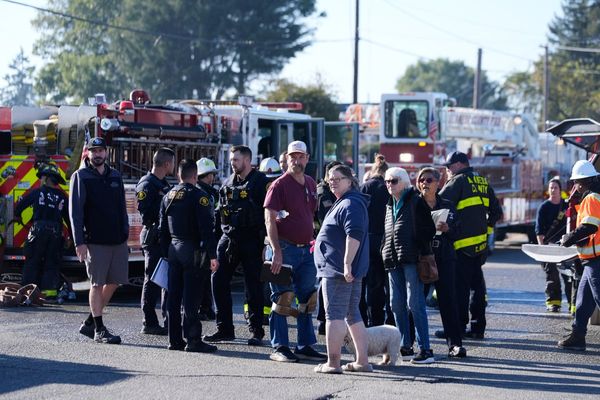I don't know how public service billboards and advertisements work in your area, but I see them frequently where I live. That's especially true whenever a significant law change happens, and getting the word out as many ways as possible in a situation like that just makes sense.
If you're a state or city agency, and you want to get the word out, you have to put the correct information in front of people. Ideally, you'd put the information in as many places as possible. Local TV ads, podcast ads, streaming service ads, geolocated advertisements on websites; and yes, the physical billboards that you probably see (and possibly ignore) every day of your life, no matter where you live.
So, the question arises: With the state of Minnesota's new lane splitting and filtering laws going into effect in less than a month from the time of writing, why hasn't there been more public communication about the change? After all, it's kind of a major deal, and one that'll impact all kinds of road users. Not just motorcyclists, but those they share the road with, as well.
If you want to keep everyone on the road as safe as they can be, doesn't it make sense to communicate this information as clearly as you possibly can, in as timely a manner as you possibly can?
The problem, a spokesperson for Minnesota's Department of Public Safety told the Minnesota Star-Tribune, is that the organization doesn't want to put out one set of information, and then have to change the language right away. You see, apparently, the actual language to be used in expressing the details of this law is still in the midst of being sorted out.
So, while legislators hash out the final language to be used, here's what the Minnesota Motorcycle Safety Center has to say on the subject.
What You Need To Know About Lane Splitting and Filtering in Minnesota
Since everyone (and I do mean everyone) seems to have a slightly different definition of "lane splitting" and "lane filtering," here's how the state of Minnesota defines those things. Please be aware that this information may only be applicable within the state of Minnesota, and do not take it as the one true definition of either of these terms since it truly seems like no one can agree on a single, unified definition.
In Minnesota, the term "lane splitting" can only take place in conditions where traffic is:
- comprised of two or more lanes of traffic that are traveling in the same direction
- that same traffic situation features MOVING (not stopped) traffic
- if those two conditions are met, a motorcyclist can pass a vehicle traveling in the same direction, within that same lane of traffic
- A motorcyclist engaging in "lane splitting" under Minnesota state law must not split at any speed over 25 mph
- Additionally, a motorcyclist engaging in "lane splitting" under Minnesota state law must not be going over 15 mph above the speed of current traffic they are passing in those lanes
How does "lane filtering" differ in Minnesota? If you've ever been in countries in Asia or Europe where you see a whole horde of scooters and motorcycles carefully pick their way through lines of cars at stop lights, and then gather together at the front of the line in big groups to take off when the light turns green, that's a great example of filtering behavior.
Minnesota describes "lane filtering" as follows:
- Two or more lanes of traffic must be going in the same direction, and must be completely stopped (NOT moving)
- If these conditions are met, then a motorcyclist can, under the new "lane filtering" law, move through stopped traffic in the same lane at speeds NO GREATER THAN 15 mph above the speed of traffic. In other words, since the traffic in this scenario must be completely stopped, a motorcyclist can only filter through that traffic at speeds up to a maximum 15 mph, under the law as written.
Road users in Minnesota need to know about these law changes, whether you ride a motorcycle or not. It's on motorcyclists to use their judgment to determine if it's safe to perform either of these maneuvers at any given time or not. At the same time, it's also on all other road users to be aware that these maneuvers will be legal for motorcyclists to perform as of July 1, 2025, and to behave accordingly.
Furthermore, says the Minnesota Motorcycle Safety Center, motorists should not impede the legal right of motorcyclists to engage in legal lane filtering or lane splitting. Here's hoping that getting more information out can help to improve road safety for all in the Gopher State.







